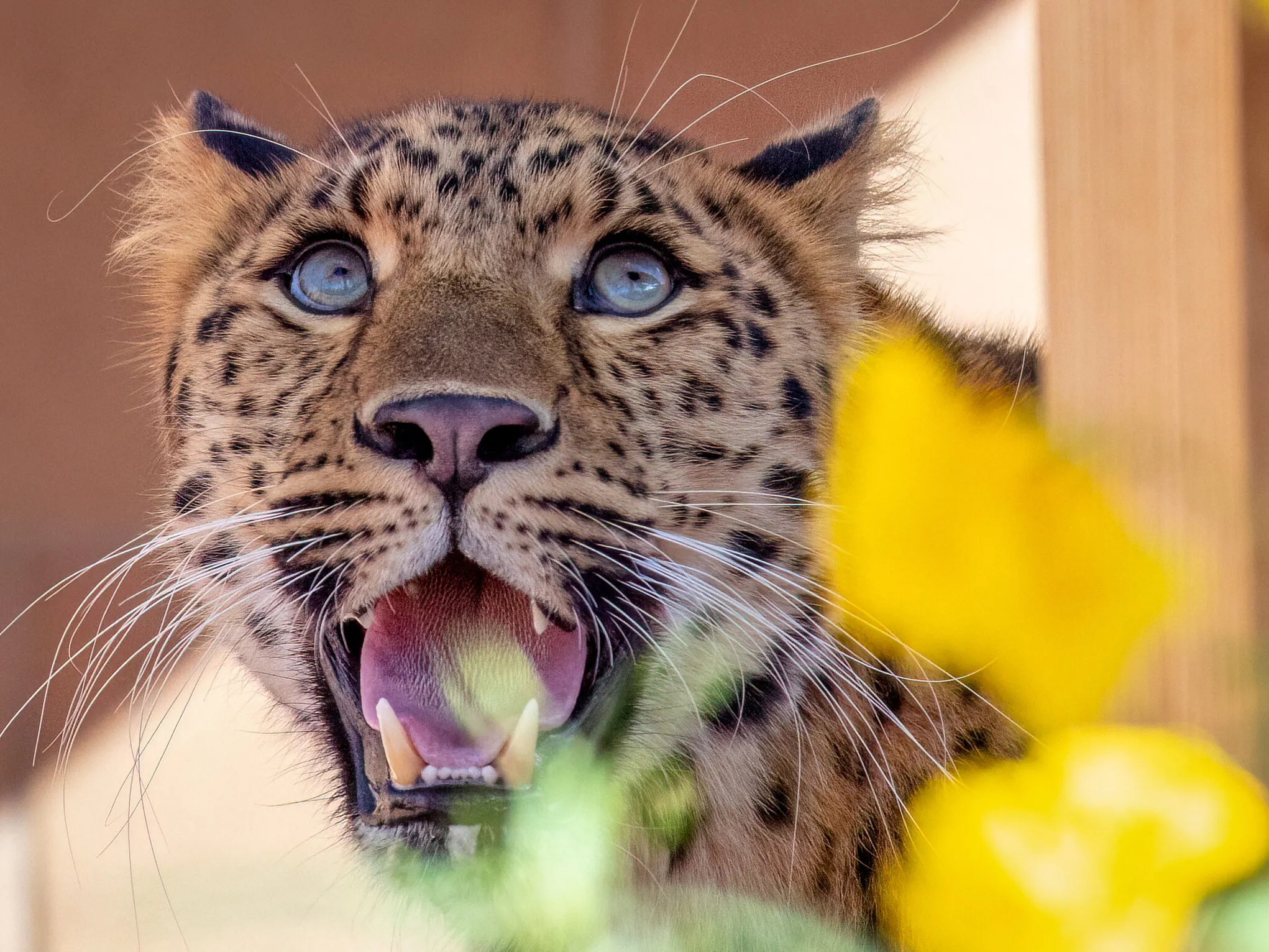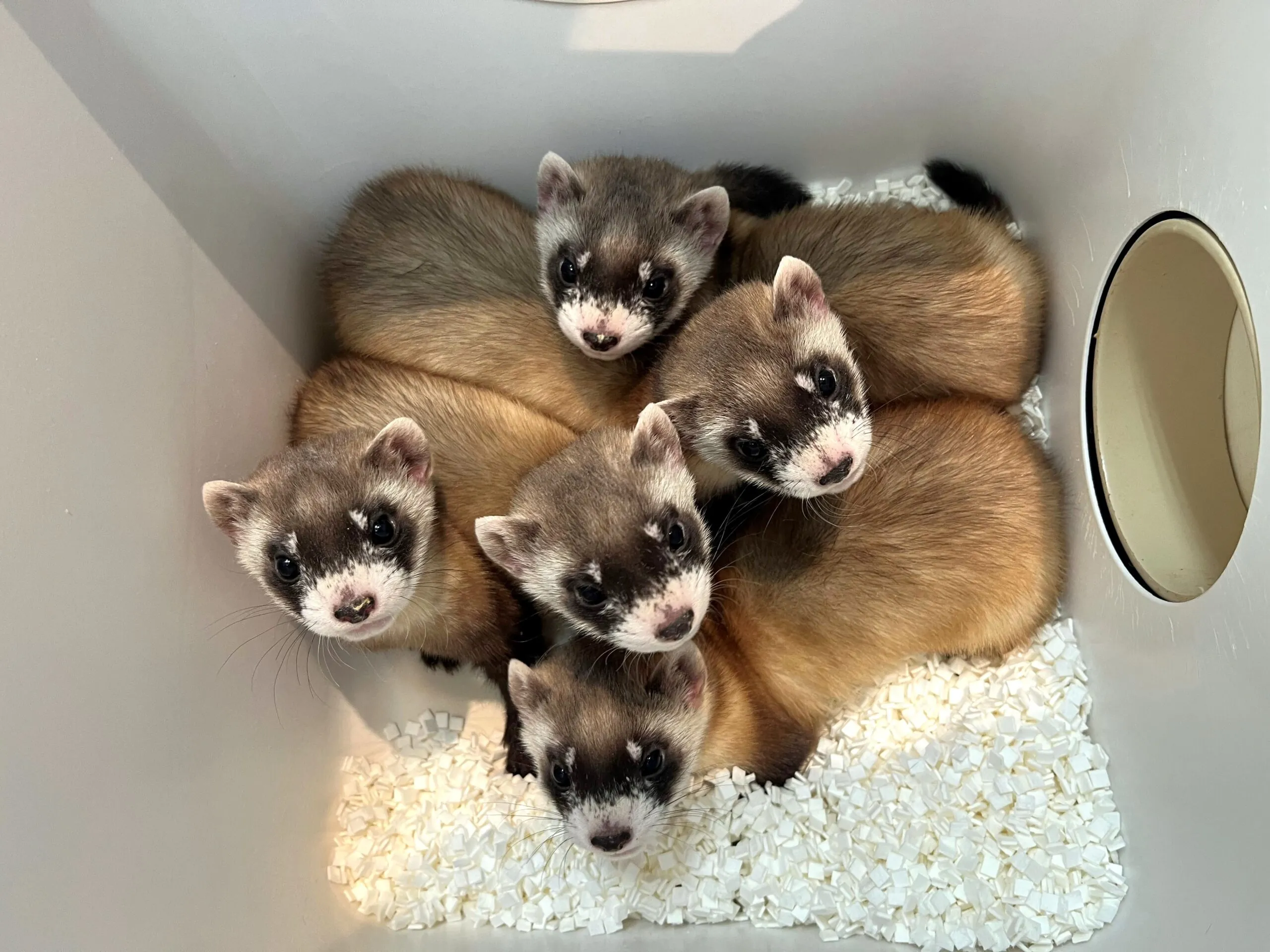Asian fairy-bluebird
Irena puella
This species is not currently on view at the Phoenix Zoo.
Two of a Kind
Fairy-bluebirds are so unique they have their own taxonomic family, Irenidae. This family contains only two species, Asian and Philippine fairy-bluebirds. Despite their name, fairy-bluebirds are not closely related to any other bluebirds in the world. Their closest cousins are leafbirds, which are bright green.
Shine a Light
Many birds are brightly colored to attract mates, males typically being more colorful. When sunlight shines on an Asian fairy-bluebird, it bounces off microscopic air pockets in the bird’s feathers which scatter the rays and produce an electric blue color. If the feathers are lit from the backside, they are actually dull brown. This is known as “structural coloration.” Since the brighter colors are only visible when hit by light at specific angles, Asian fairy-bluebird males can carefully choose who sees them. Bright colors come at a cost, however, as they can also help predators find their next meal.
Baby Blue
Asian fairy-bluebirds typically breed from February to April. When courting, the male stretches his wings to display their glossy blue color. Twitching and dancing about, he sings elaborate songs to his object of desire. If he is successful, she will be inspired to construct a nest of twigs, moss, and grass about 20 feet off the ground and hidden in dense branches. Soon, two or three splotchy-green eggs are laid and then incubated for about two weeks. Chicks are cared for by both parents and leave the nest about two weeks after hatching.

Diet: figs, fruits, invertebrates
Zoo Diet: fruit mix, invertebrates
Habitat: forests
Length: 9 – 11 inches

Plan your visit today!
The Phoenix Zoo is one of the largest non-profit zoos in the U.S., caring for over 3,000 animals, with nearly 400 species represented, including many threatened/endangered species.

Plan your visit today!
The Phoenix Zoo is one of the largest non-profit zoos in the U.S., caring for over 3,000 animals, with nearly 400 species represented, including many threatened/endangered species.








